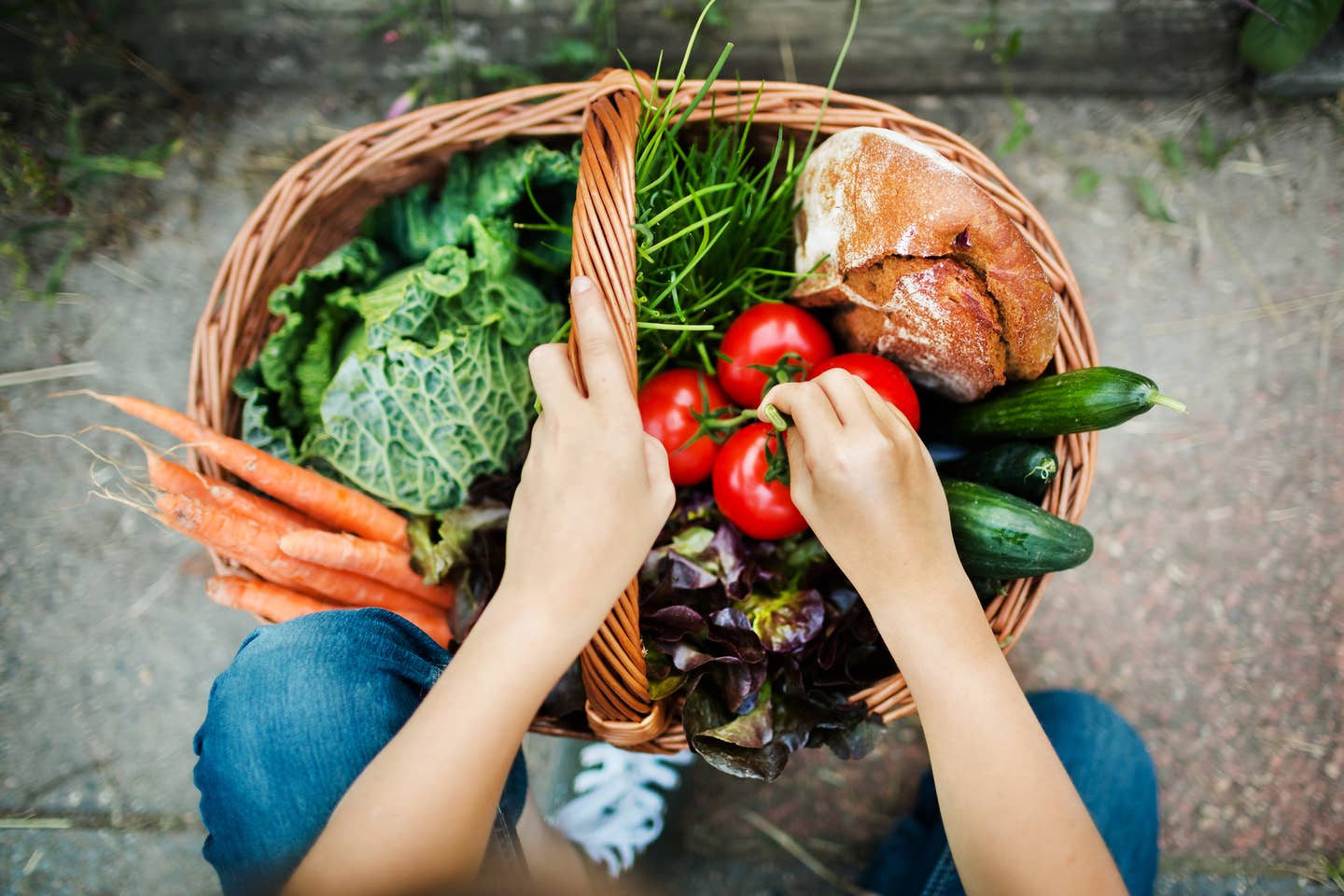
Shop This Way to Get More Nutrients in Your Fruits and Vegetables
Right now, when a quick trip to fill up on fruits and vegetables at your neighborhood supermarket is more difficult and perhaps less frequent, it is especially important to choose your produce with care. Selecting what’s freshest allows you to get the most nutritional benefit from the foods that you eat, as numerous studies have shown. Local produce that does not require to be preserved and flown hundreds of miles means you receive it at the peak of freshness and eat at the height of nutrient availability.
Spring for fresh fruits and vegetables
Fruits and vegetables that are picked before they’re ripe, stored in a warehouse, then shipped thousands of miles do not taste anything like what’s grown locally, and they lose vital nutrients in the process of being transported. They also cost more, tax our planet and lose nutrients every hour they are off the vine.
Food left to fully ripen on the vine contains a higher nutrient content than produce picked before it’s ripe, nutritionist Kathleen Frith reports in her study for The Harvard T.H. Chan School of Public Health, “Is Local Food More Nutritious?”
The amount of vitamin C in broccoli decreased by 50 percent when imported rather than locally harvested, according to a research study at Montclair State University. Besides vitamin C, the transportation process has been shown to reduce vitamins like E, A and B. Additionally, when you buy locally, some farmers grow cover crops, which are planted alongside main crops and help nourish the soil and add nutrients to it. This, in turn, ups the percentage of nutrients in the produce when harvested.
Find a CSA or Farmer's Market Near You
Fruits and vegetables start losing nutrients within 24 hours of being harvested, so the ones grown closest to your house will also be the ripest and most nutritious. Once produce is picked, their enzymes start decomposing and they begin to feed on their own nutrients, leaving radically less for the benefit of your body. So, despite the temptation, resist those pricey out-of-season raspberries shipped from Chile, and wait until the summer when they are ripening on a farm near you, within a day's drive, but the closer the better.
If you don't know where to source local produce from, you can use the USDA's online guide to find a local CSA (which stands for Community Supported Agriculture in case you were wondering). A handy tool to help you identify what is perfectly in season in your local area is a website called Seasonal Food Guide, which allows users to plug in their home state and desired time of the year for shopping to find an array of produce that is currently at the pinnacle of freshness and nutrient density.
For example, we tried it out and searched for New Jersey right now and found out that what's in season now are asparagus, mushrooms, parsnips, fiddleheads, mint, chives, spinach, sprouts, watercress, and a host of other early-season greens.
Choosing what is in season in your region is also a great way to grow your appreciation for something so many of us take for granted: our ability to purchase from our supermarket cartons of strawberries from Mexico and watermelons from Guatemala even in the winter when the only crops in our local fields are squash and parsnips. Purchasing local produce also forces you to get more creative in the kitchen, and may lead to the discovery of recipes you otherwise would never have tried, had it not been for the three pounds of radishes you received in your monthly CSA box.
More From The Beet






